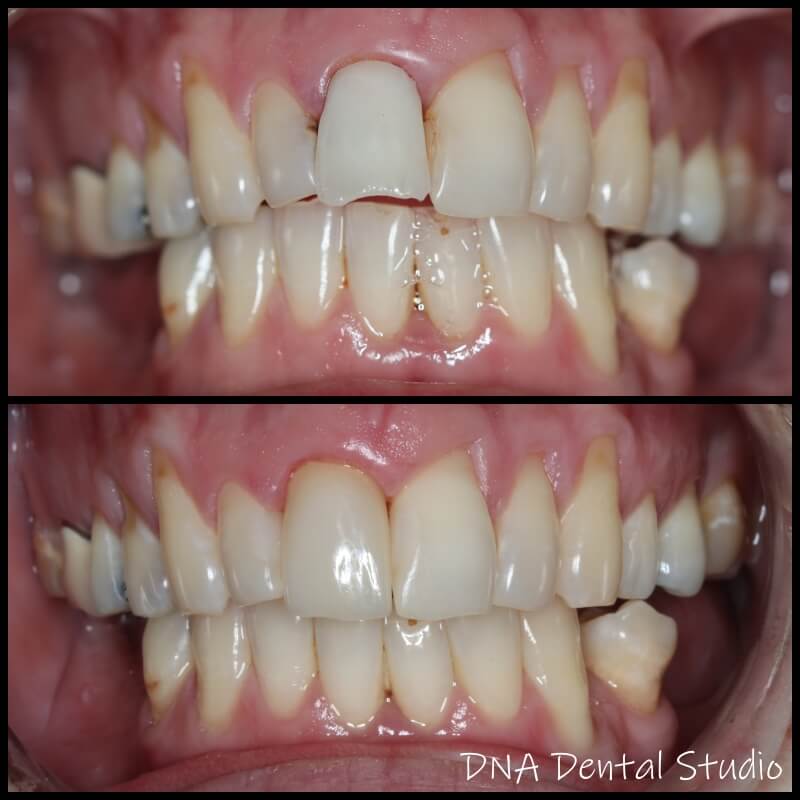Arestin is not covered by insurance due to its classification as a dental implant medication, which is typically not covered by insurance. In the case of Arestin, patients are responsible for the costs associated with the treatment.
The Cost Of Arestin
Arestin, a commonly used dental antibiotic, is not covered by insurance, and its high cost can be a burden for patients. Without insurance coverage, individuals are left to bear the financial responsibility on their own. This expensive price tag can discourage patients from seeking the necessary treatment, compromising their oral health.
Unfortunately, many insurance plans do not recognize Arestin as an essential medication, deeming it an elective or cosmetic treatment. Consequently, patients may have to choose between their oral health and their financial stability. The lack of insurance coverage for Arestin can create a challenging dilemma, forcing individuals to either forgo the treatment or find alternative, possibly less effective options.
As a result, patients must carefully consider the financial implications when deciding whether to pursue Arestin treatment.
Insurance Companies’ Policies And Criteria
Insurance companies have specific policies and criteria that determine what they will cover. One particular exclusion is Arestin, a dental medication. The reasons for its exclusion are multifaceted. Insurance companies carefully evaluate the medical necessity and effectiveness of treatments before providing coverage.
Arestin may be deemed as not meeting these criteria, leading to its exclusion. Insurance companies play a crucial role in determining coverage for various medical conditions and treatments. Their decisions impact the availability and affordability of healthcare options for patients.
Understanding the factors that insurance companies consider when determining coverage can help patients navigate their options and make informed decisions about their dental care. While Arestin may not be covered by insurance, it is important to discuss alternative options with your dentist to ensure appropriate treatment for your oral health needs.
Alternative Treatment Options
Arestin, a treatment option for gum disease, is often not covered by insurance plans. However, there are alternative non-surgical treatments that can be effective. These treatments may include antibiotics, which could potentially be covered by insurance. When comparing the effectiveness and costs of these alternatives, it is important to consider the specific needs and circumstances of the individual.
Non-surgical gum disease treatments can provide viable options for those seeking insurance coverage. By exploring different treatment options and discussing them with your dentist, you can make an informed decision that suits your needs and budget. It is important to note that insurance coverage can vary, so it is best to check with your provider to understand what treatments may or may not be covered.

Credit: www.dnadentalstudio.com
Frequently Asked Questions For Why Is Arestin Not Covered By Insurance
Does Insurance Pay For Arestin?
Insurance coverage for ARESTIN is subject to individual policies, check with your insurance provider for details.
How Much Does Arestin Cost Per Tooth?
ARESTIN typically costs around $40 to $75 per tooth.
What Can I Use Instead Of Arestin?
You can try alternatives to ARESTIN for your dental needs.
Is Arestin Necessary After Deep Cleaning?
ARESTIN is not necessary after deep cleaning, as it is an additional treatment to control bacteria.
Conclusion
The lack of insurance coverage for Arestin may leave many individuals wondering why this effective periodontal treatment is not part of their plans. The main reason is that insurance companies often have strict guidelines and prioritize cost-efficiency over the specific needs of each patient.
Despite its proven effectiveness in combating gum disease, Arestin is considered a higher-cost treatment option. This may make insurance companies hesitant to include it in their coverage. Ultimately, patients should be aware that insurance coverage does not determine the quality or necessity of a treatment.
It is important to have open and honest conversations with your dentist about the best treatment options available for your unique needs. Together, you can work to find a solution that prioritizes your oral health and fits within your budget.
Remember, investing in your dental health now can save you from costly and invasive procedures in the future.